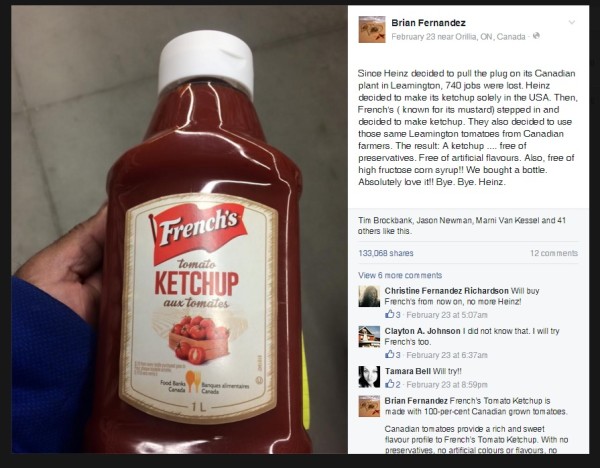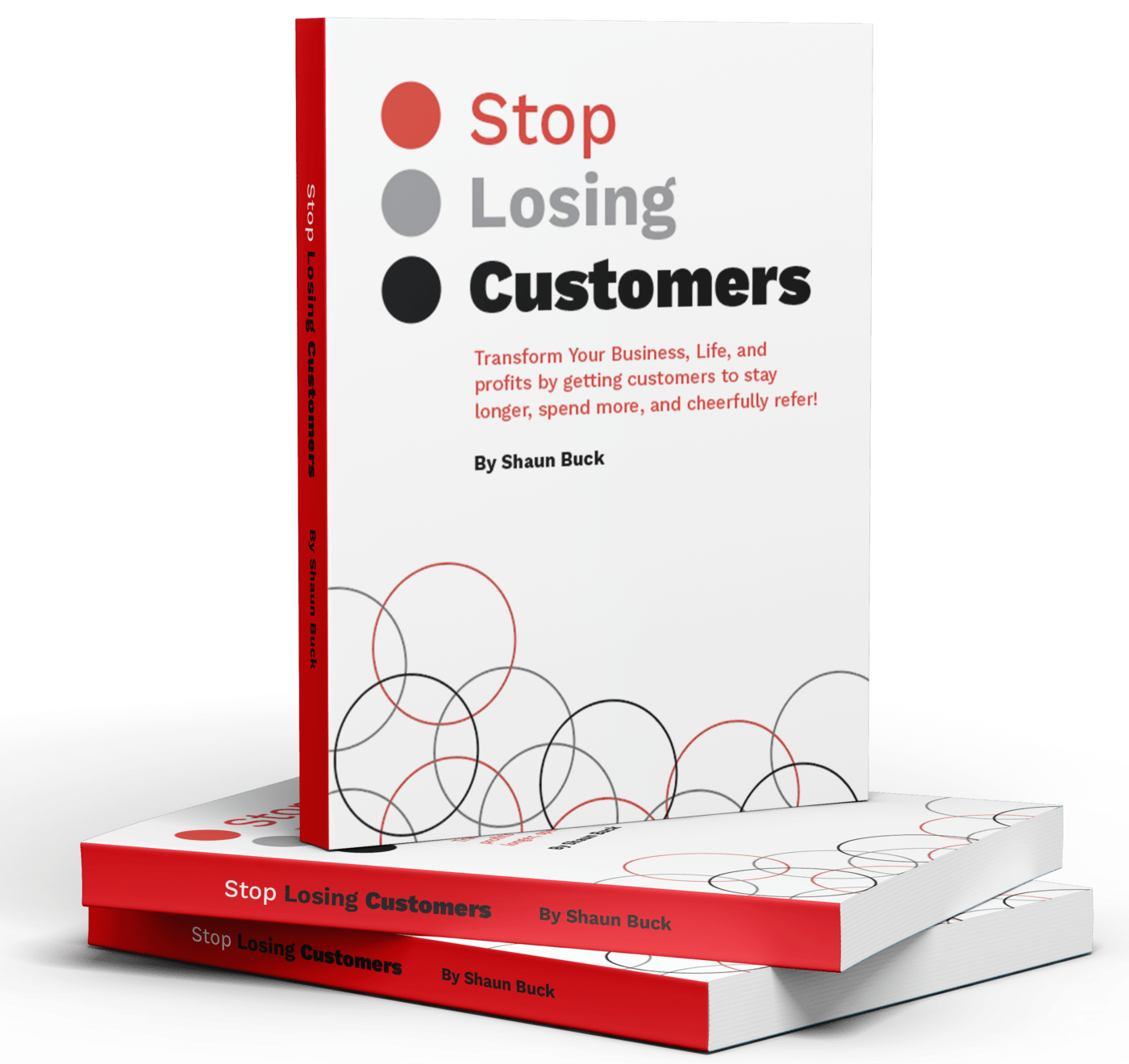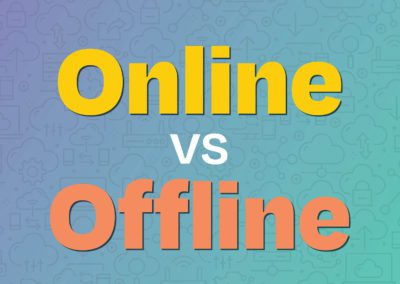Earlier this year, Canada was at war. Ordinary Canadians were fighting immense adversaries. The battlefield ran red …
… With ketchup.
The battlefield was on social media. The weapons were words and photos. And then there was the one post on Facebook that sent social media into a frenzy — a post that went viral and may have changed the Canadian ketchup landscape forever.

You may have seen Brian Fernandez’s Facebook post. Or you may have seen others like it. Posts on social media that have a ridiculous number of likes or shares. Whether you realize it or not, you’re a consumer of viral content.
 Viral content can be defined as virtually any internet sensation. They’re snippets of content — images, video, audio, text — shared by thousands, hundreds of thousands, or even of millions of people. It’s content that grabbed someone’s attention and made them feel compelled to share with basically everyone they know.
Viral content can be defined as virtually any internet sensation. They’re snippets of content — images, video, audio, text — shared by thousands, hundreds of thousands, or even of millions of people. It’s content that grabbed someone’s attention and made them feel compelled to share with basically everyone they know.
For years, marketers have been trying to crack the code of how to “go viral” on social media. Many brands have experimented with varying degrees of success. Some posts do end up going viral, but a vast majority do not. Most posts are simply lost to the ether of the internet, seen by a few people before they fade away into digital oblivion.
On Facebook, about four million posts just went live. On Twitter, people tweeted about 300,000 times. Given the sheer amount of activity occurring on social media as you read this sentence, it’s no wonder that most posts, especially those created with intent to go viral, don’t go viral.
How Do I Break Through All That Noise?
If you search Google for a “how to” guide to crafting the perfect viral post, you’re going to get a lot of results. But I’ll save you the time and distill those results into the five main points of what successful viral posts do:
- Appeal to the emotion of readers (make them feel happy, nostalgic, sad, etc.)
- Share something genuinely useful (share a cool life hack or tip for everyday life or business)
- Be accessible (stay away from jargon or an overly complicated topic)
- Entertain and inform (you can almost never go wrong with a well-thought-out infographic)
- Express a provocative opinion (one you already know many of your readers may agree with)
When you incorporate one or all of these things into a social media post, you do have the makings of a potential viral post. The chances of people responding and sharing go up, but that’s not enough. While these five points represent “why” posts go viral, they actually leave out the most important part: the “how.”
How Viral Social Media Can Change a Business
That’s easy! In order for your post to go viral, it needs to say the right thing, at the right time, and be seen — and shared — by the right people.
Ok, so maybe it’s not that easy, or easy at all. In fact, most of the process is completely out of your control outside of creating the content. That might sound discouraging, but that’s one of the innate challenges of posting content online with the intention (or hope) of other people viewing it and subsequently sharing it.
The best way to really understand how a post goes viral is to look at a post that went viral. Let’s go back to Brian Fernandez’s Facebook post. On February 23, 2016, he posted a photo and comment to the social network. In the photo? A bottle of ketchup. Within a week, Brian’s post had been shared over 100,000 times.
Why so many shares? It all comes down to context. The bottle of ketchup wasn’t an ordinary bottle of ketchup. It was a bottle of French’s Tomato Ketchup, a new product that many people didn’t realize existed. But of equal importance was the content of the post:
“Since Heinz decided to pull the plug on its Canadian plant in Leamington, 740 jobs were lost. Heinz decided to make its ketchup solely in the USA. Then, French’s ( known for its mustard) stepped in and decided to make ketchup. They also decided to use those same Leamington tomatoes from Canadian farmers. The result: A ketchup …. free of preservatives. Free of artificial flavours. Also, free of high fructose corn syrup!! We bought a bottle. Absolutely love it!! Bye. Bye. Heinz.”
Brian’s post said the right thing, at the right time, and was shared by the right people. Eventually his post wound up on various Canadian media outlets, Buzzfeed, and more. His post became a centerpiece for what you might call “The Great Ketchup War.”
How did it say the right thing?
It was topical. Canadians already had ketchup on their minds, with the departure of Heinz from Leamington, Ontario, as well as the country’s largest supermarket chain, Loblaws, indicating they were going to stop selling French’s ketchup.
How did it hit at the right time?
Again, the ketchup conversation was already underway. Brian posted when it still mattered to people, without forcing his way into the conversation.
How was it seen by the right people?
Because it mattered to Brian’s friends and followers, they shared it. The “right people” were those who cared about what Brian posted. It resonated with them, and it resonated with the people they shared it with, and so on, effectively snowballing into something no one could have predicted.
Intentional or not, Brian appealed to the emotions of his readers. He reminded them of all the jobs that were lost when Heinz left the town of Leamington.
He also shared something useful when he mentioned the ingredients present (and not present) in French’s ketchup.
The post was also informative. Quite a few people learned French’s ketchup was a thing (which I’m sure French’s absolutely loved).
The post was also very accessible. It featured a simple image that people could understand immediately.
Then Brian ended the post with a bit of provocation: “Bye. Bye. Heinz.” After he delivered his message, people were on his side and up in arms over the condiment company.
With all of these elements in place, the post spread like wildfire. And as the story of the “ketchup war” presses on, the post continues to gain shares and serves as a remarkable lesson in viral content.









